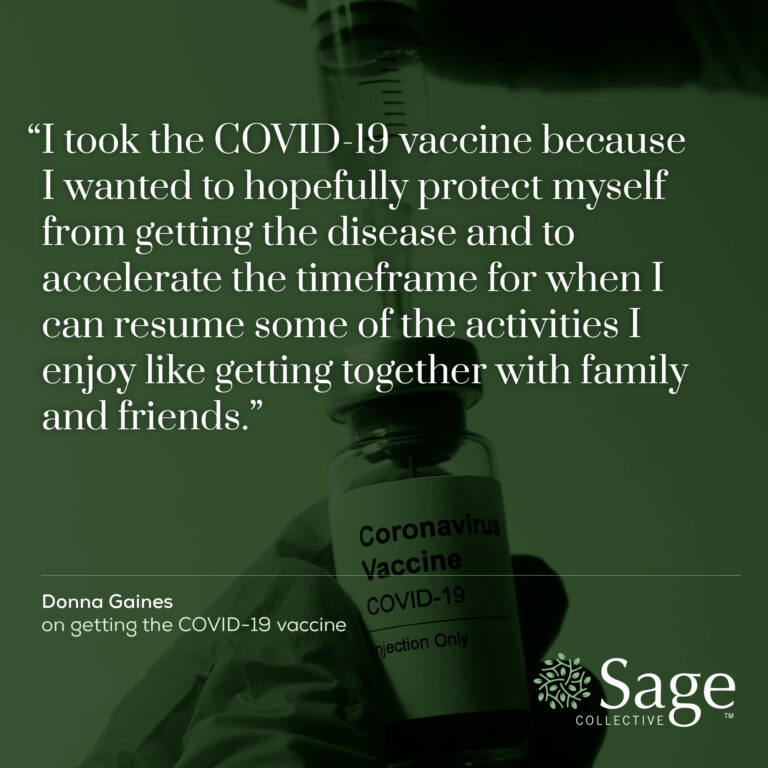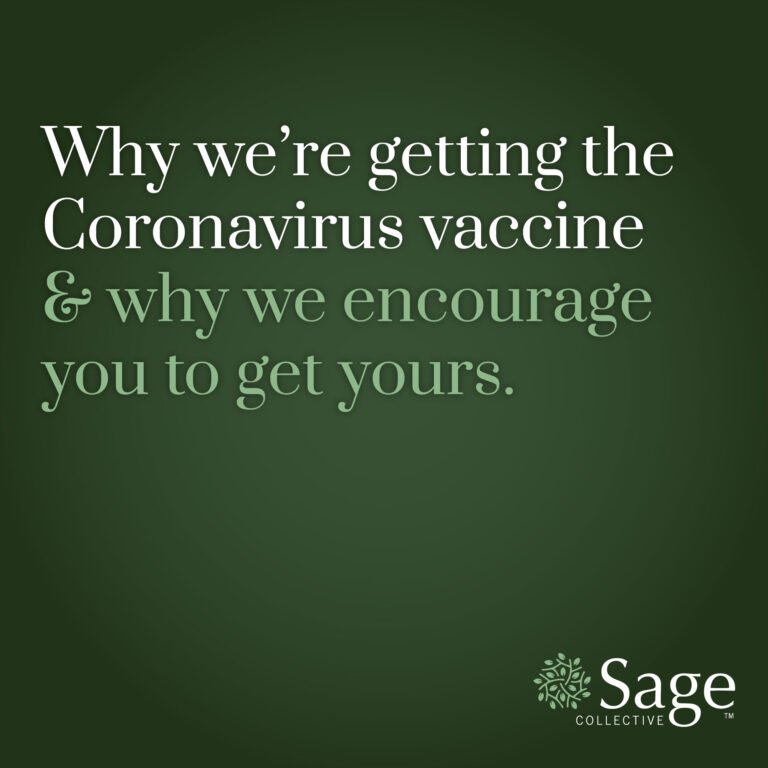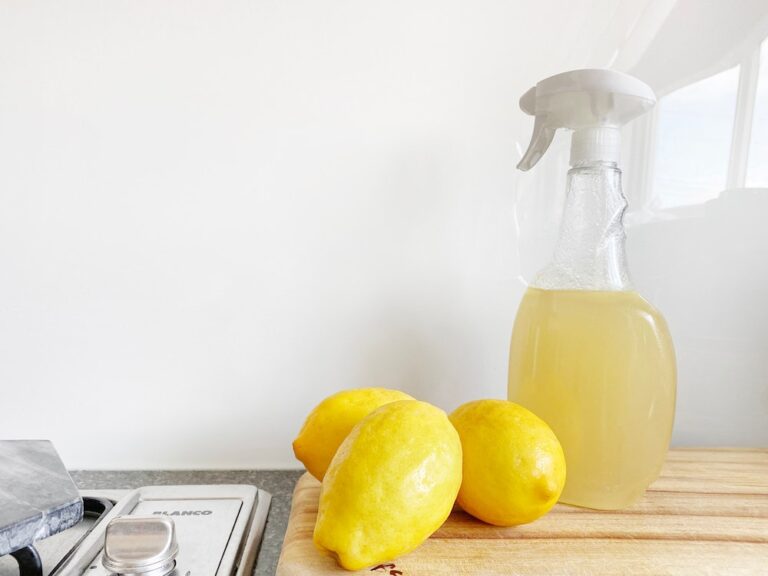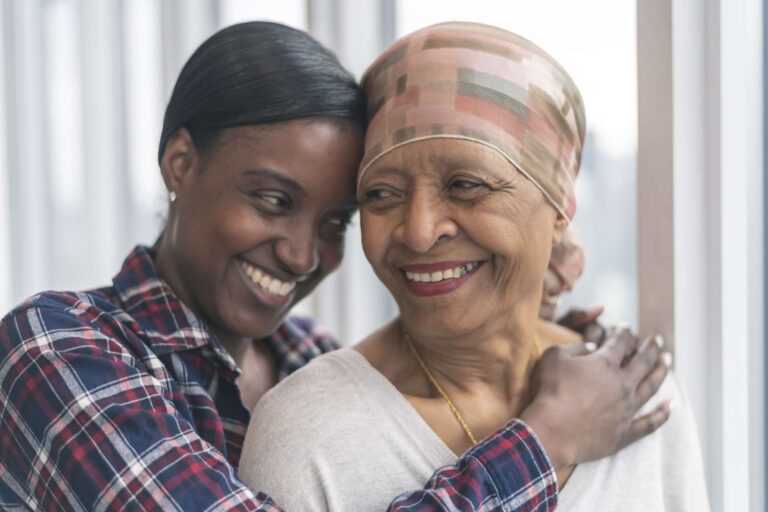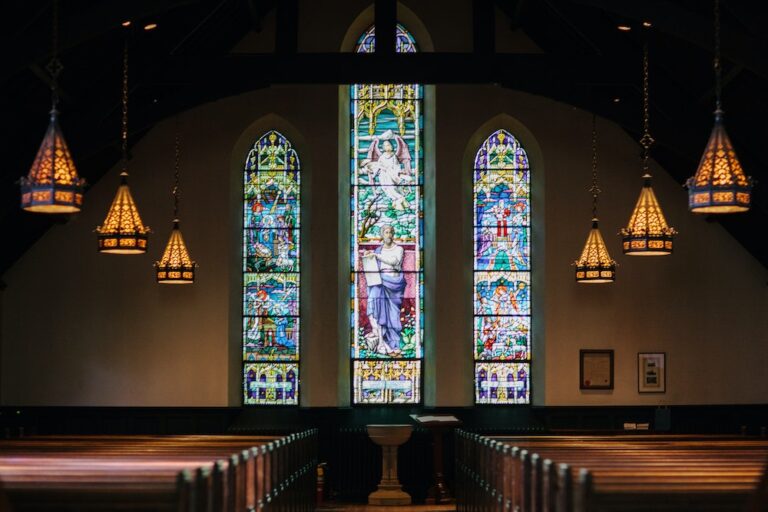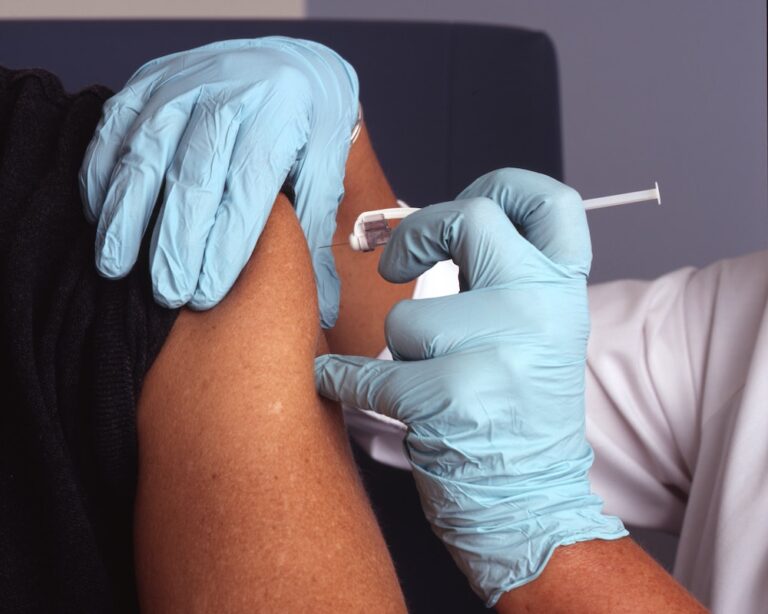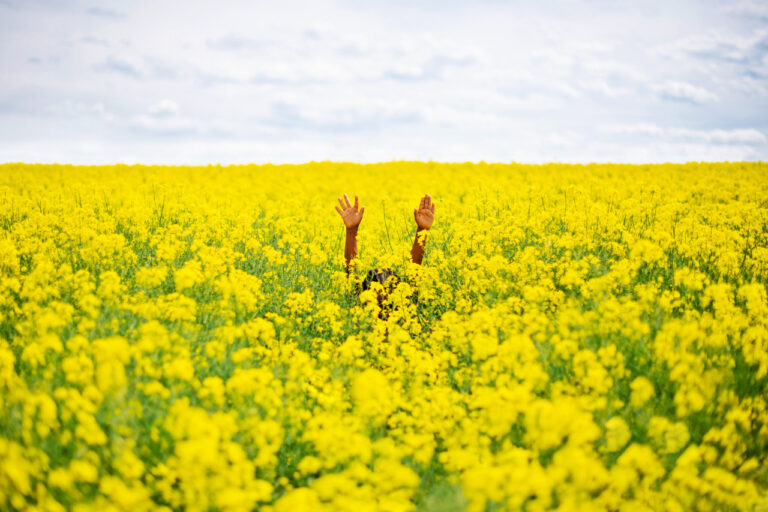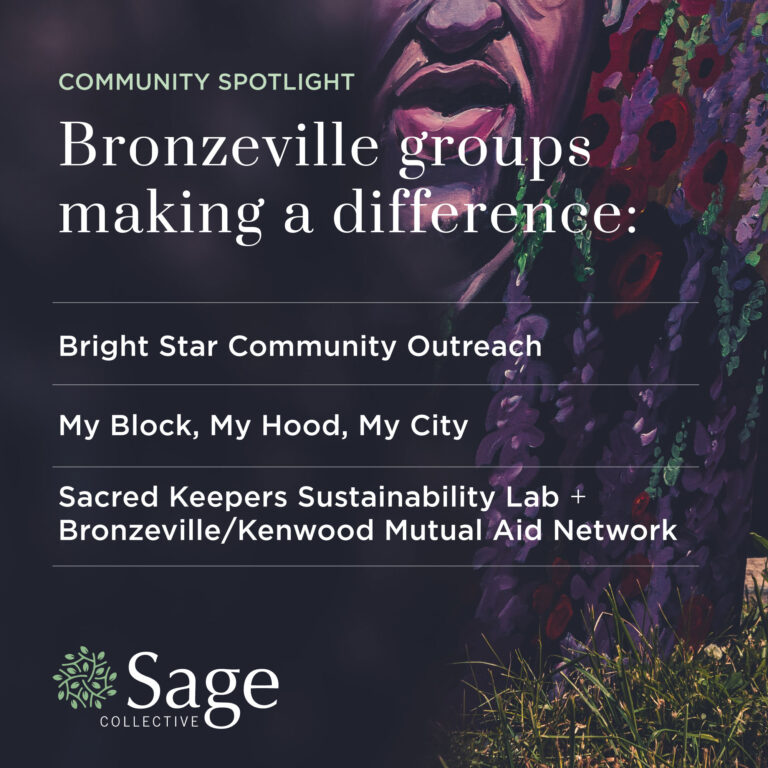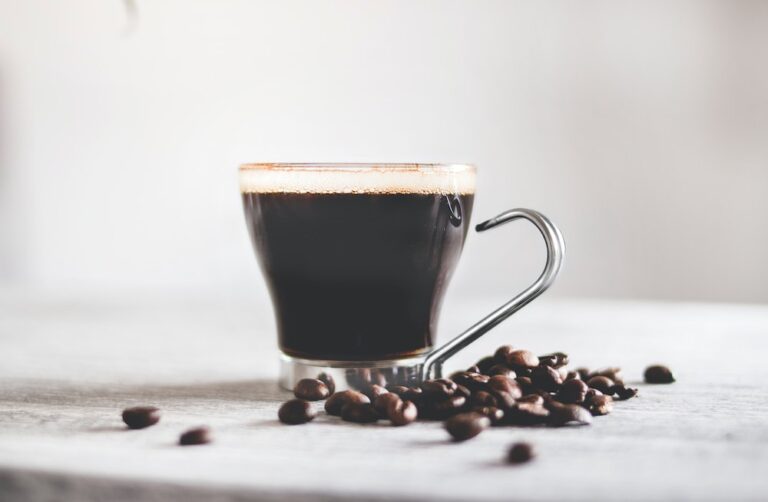COVID-19 Vaccine Testimonial: Donna Gaines
As part of our ongoing campaign to encourage and ramp up vaccination in Black communities across America, Sage Collective is creating testimonials that showcase why people have chosen to receive the coronavirus vaccine, and what the experience was like. To start, we’re engaging our own Board of Directors and Leadership Team to share their stories.
First up is Donna Gaines, President of Sage Collective and a member of our Board of Directors.
Why did you personally take the COVID-19 vaccine? Did you have any reservations or questions? Do you feel you had all the information you needed to take the decision to be vaccinated? What /who were your sources of information and guidance?
DG: I took the COVID-19 vaccine because I wanted to protect myself from getting the disease and to accelerate the timeframe for when I can resume some of the activities I enjoy like getting together with family and friends.
I had a lot of reservations about getting the vaccine initially, because I felt that it hadn’t been tested enough among the general population. I have allergies, so I was a little concerned about possible side-effects from getting the shot. I also wanted the Pfizer vaccine because it was reported to have fewer side effects, and almost backed out at the last minute when I found out I was getting the Moderna vaccine.
I relied on information from the CDC, supplemented by articles from the Wall Street Journal, Washington Post and New York Times. I usually watch MSNBC, and local news stations for updates in my city. I also spoke with several people who had the 1st dose, so I felt comfortable making a decision with the information I had available.
When did you receive your COVID-19 vaccine and from what company (Moderna, Pfizer, etc.)? What was the experience of signing up/scheduling? Have you received both shots? Where did you have to go to get your vaccinations? What was the experience like of getting into the chair and actually receiving the shot? (If you’ve received both shots, you can break this down by each experience)
DG: I have received one dose of the Moderna vaccine and it was administered a couple of weeks ago. I signed up on the state’s website, and was also on a list in the County where I live. The first notification I received that I was scheduled for the vaccine was about 4-5 days later, and it was a “reminder” via text, sent 3 hours before my scheduled appointment. I cancelled a previous appointment I had scheduled at that time to be available for my vaccination!
I went to a drive-through location at a church not too far from where I live. I went with my husband, and we waited in the car for an hour and 20 minutes to receive our shots — which took about 30 seconds to administer. We received our appointments for the 2nd dose at that time, and we waited in a holding area (parking space) for 30 minutes (instead of 15 minutes because of my allergies), so we could be monitored. By the way, while we waited for our shots, paramedics were attending to someone who was parked in the holding area, so THAT was a little disconcerting!
How did you feel after receiving the vaccine, physically or otherwise? Did you experience any side effects?
DG: I had a lot of soreness at the injection site, and even though I have a high tolerance for pain, it was uncomfortable enough that I ended taking ibuprofen for a couple of days. I asked for the shot in my left arm so that I wouldn’t be too limited in my ability to do things. I’m glad I did!
The overwhelming emotion I had was a huge sense of relief, and I didn’t realize how anxious I’ve been about getting sick . . . and possibly dying!
What is your doctor saying about how COVID-19 vaccination fits into your long term health plan? Are you taking any aftercare measures — if so, what?
DG: I have not discussed the vaccination with my physician, and don’t have any aftercare measures planned other than to clear my calendar after my 2nd dose. I hear some people have a few more side effects after the second shot.
Are you serving as a guide to others who are seeking information and reassurance about being vaccinated?
DG: Yes! I had an in-depth conversation with an extended family member the other day who was adamant about not taking the vaccine. At the end of the conversation, she told me she would take it, and I was happy to hear that! Sage Collective also wants to be at the forefront of these discussions, and we’re committed to educating as many people as we can over the coming weeks and months!
Overall, what do you believe makes COVID-19 vaccination so important to society writ large, and in your specific community?
DG: Recent research suggests that COVID-19 will eventually become an endemic disease, like its sister coronaviruses, the common cold or even a disease like the measles, which is largely under control in the United States. For now, as many people as possible should be vaccinated and eventually, babies will no doubt be vaccinated at birth.
Given the high incidence of illness from COVID-19 and deaths in the African American community, it is really important that all individuals — and particularly those at high risk — take the opportunity to protect themselves as more of the vaccine becomes available. COVID has reduced the life span of Blacks and Latinos by 3-4 years, so this is literally a life or death matter!
